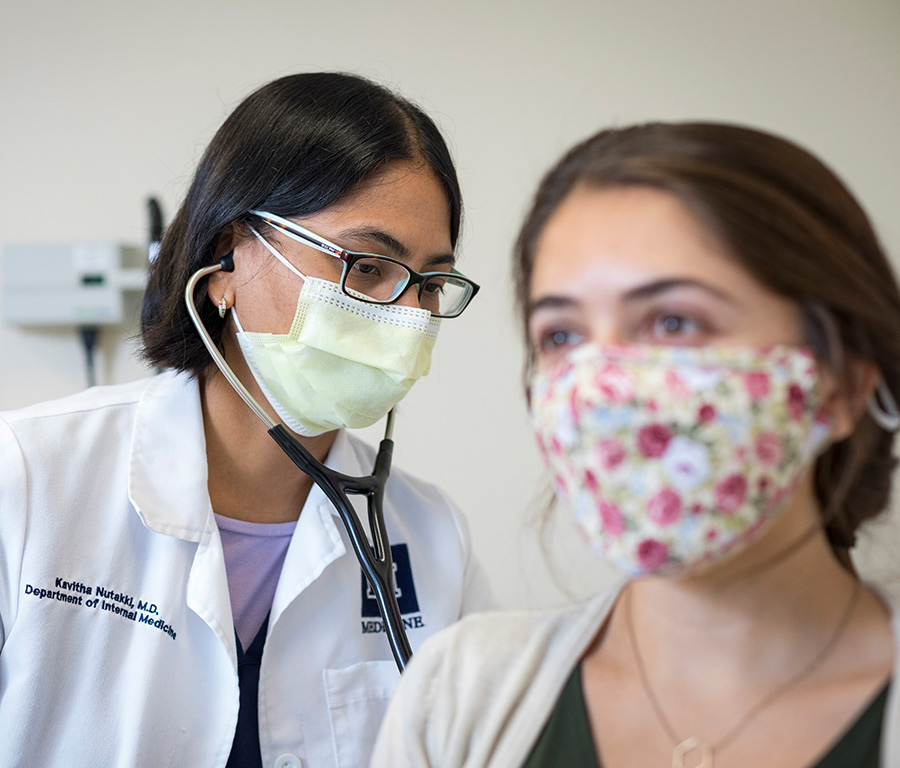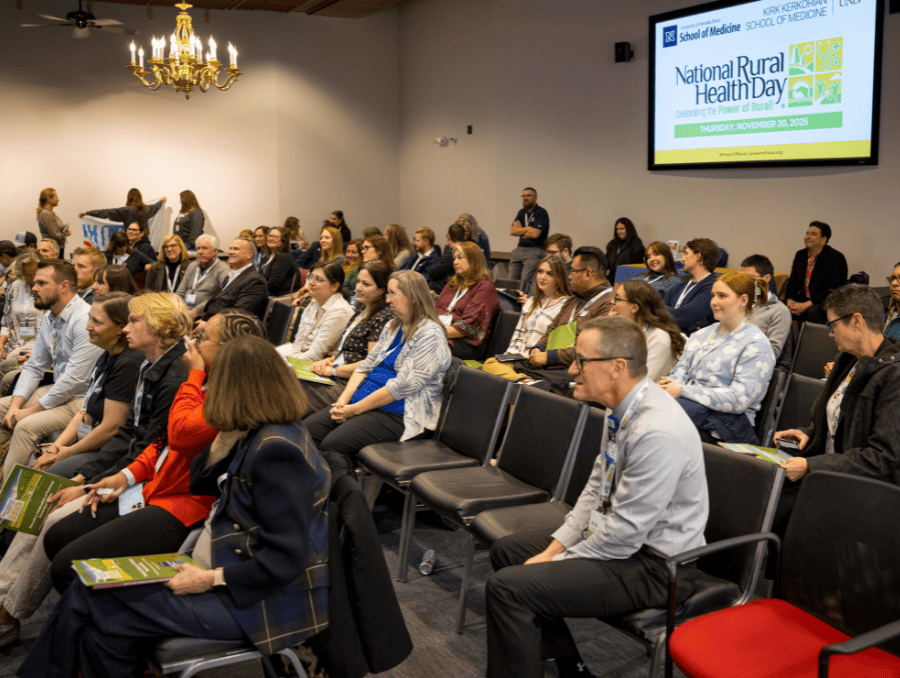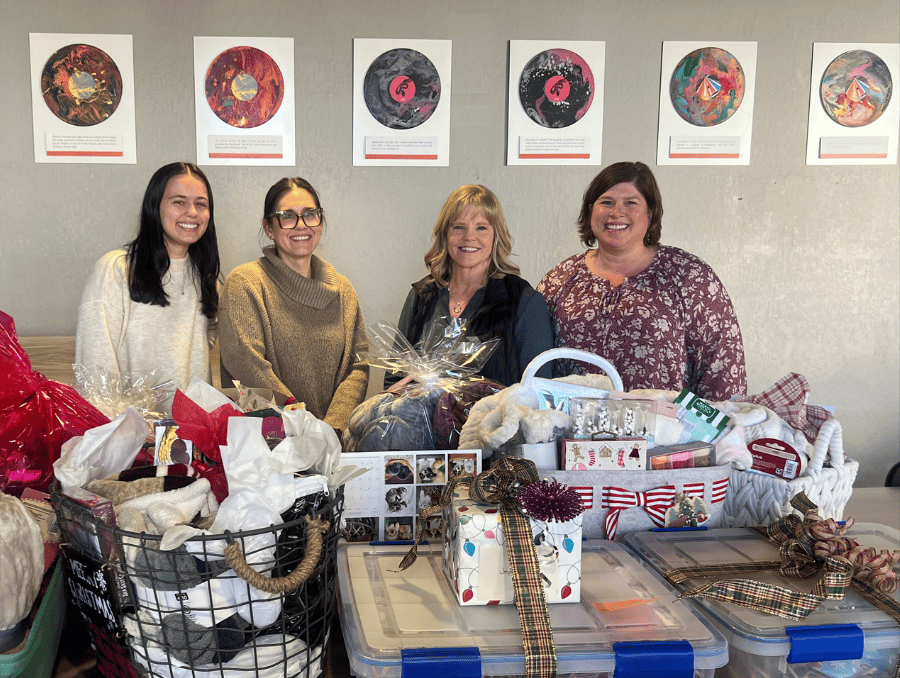The COVID-19 pandemic has laid bare the myriad health equity challenges we face in the U.S. and has highlighted the roles of racism, geography and other social determinants of health that result in health care disparities (HCDs) we see today. The last two years made it clear that our individual well-being is intrinsically tied to the health of those around us. It is critical that we address HCDs to achieve health equity and optimize health for all.
What are HCDs and what is health equity?
In a seminal report, “Unequal Treatment,” the Institute of Medicine defined HCDs as “racial or ethnic differences in the quality of healthcare that are not due to access-related factors or clinical needs, preferences, and appropriateness of intervention.” It found evidence of poorer quality of care for minoritized patients in many areas, including cancer, diabetes, and cardiovascular disease. Another notable area of HCDs is pain management. The literature documents that Black patients, including children presenting to emergency departments with acute pain, were prescribed pain medications less often and in smaller quantities than white patients. One study showed that medical students and residents endorsed biased beliefs about the Black body, and these biases predicted accuracy in pain treatment. Eliminating HCDs can help us achieve health equity - the highest level of health for people from all backgrounds.
How has COVID-19 contributed to HCDs?
Many minoritized groups have different social determinants of health, as a result of a past structural racism. Factors such as being front line workers, relying on public transportation, and living in larger households have made these groups more susceptible to COVID-19.
How do HCDs impact rural communities?
According to a Health Disparities in Rural America report, 20% of the U.S. population lives in rural America, but are served by only 10% of physicians. The shortage of providers has led to a lack of preventative care, which likely contributes to increased morbidity and mortality for rural Americans from the top five leading causes of death, such as heart disease, cancer and stroke.
How can medical schools address these HCDs?
Medical schools have a responsibility to train healthcare providers to care for culturally and socioeconomically diverse populations, as well as medically underserved communities. Through UNR Med’s See It To Be It initiative, aspiring physicians from underrepresented populations are encouraged to consider careers in medicine. At UNR Med, we also recruit medical students from rural communities, as we know these students are more likely to serve those communities upon graduation. Training future healthcare providers to address HCDs includes teaching the history of structural racism and how it has led to health inequities and having students take implicit bias assessments to learn where their blind spots may exist. Most importantly, medical students learn strategies to mitigate bias. At UNR Med, students take a curriculum to help them recognize and mitigate biases. Students also learn how to provide culturally competent and humble care and address social determinants of health.
Medical schools also have a social responsibility to improve population health in the communities they serve. UNR Med’s Student Outreach Clinic provides services at no cost to uninsured or underinsured patients, including clinics for rural patients. And, Project ECHO, connects University-based faculty specialists to primary care providers in rural and underserved areas who would otherwise have limited access to care.
About Nicole Jacobs, Ph.D.
Nicole Jacobs, Ph.D., is the associate dean for diversity and inclusion at the University of Nevada, Reno School of Medicine. A clinical psychologist and professor in the Dept. of Psychiatry and Behavioral Sciences, she has served on the steering committee for the AAMC Group on Diversity and Inclusion. Her research involves the assessment of implicit bias and bias mitigation in medical students, faculty search and admissions.

















